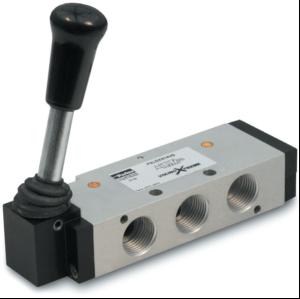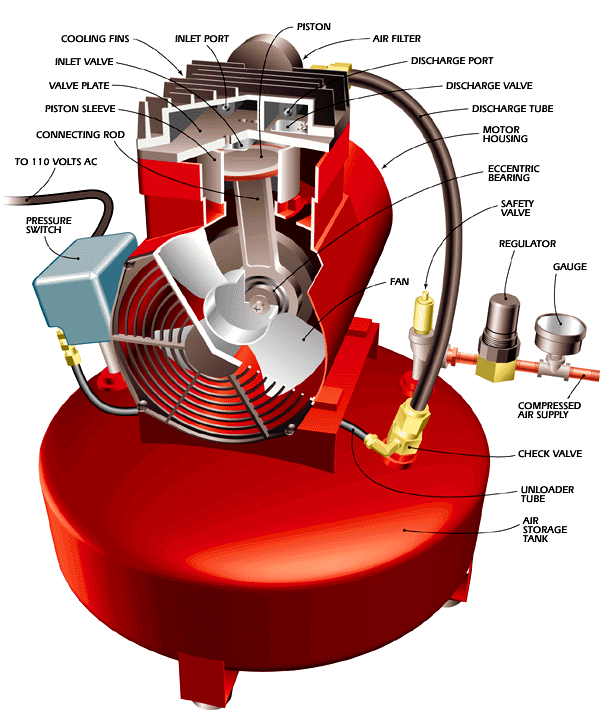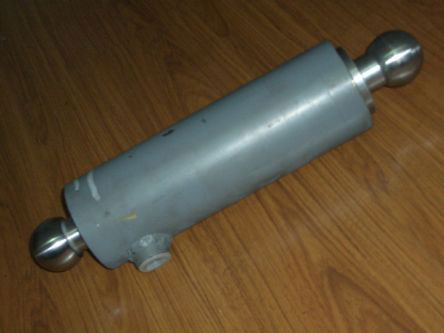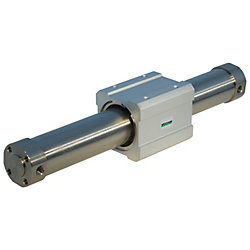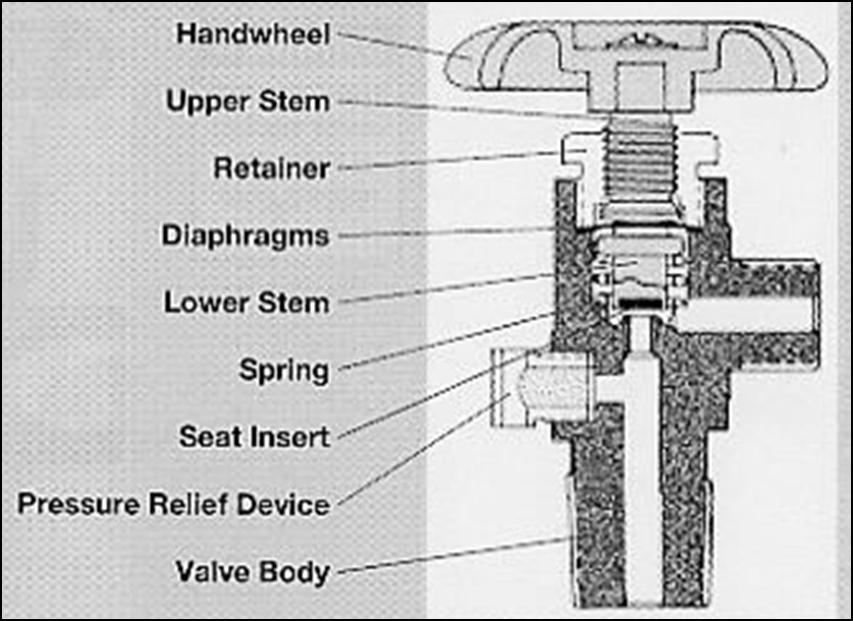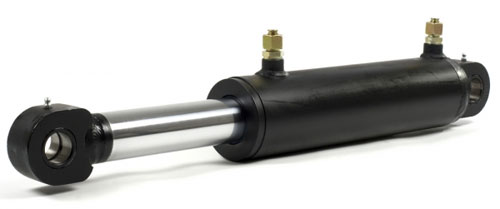A shuttle valve allows two alternate flow sources to be connected in a one-branch circuit. The valve has
two inlets P1 and P2 and one outlet A. Outlet A receives flow from an inlet that is at a higher
pressure. Figure 1.5 shows the operation of a shuttle valve. If the pressure at P1 is greater than that at
P2, the ball slides to the right and allows P1 to send flow to outlet A. If the pressure at P2 is greater than
that at P1, the ball slides to the left and P2 supplies flow to outlet A .
One application for a shuttle valve is to have a primary pump inlet P1 and a secondary pump inlet
P2 connected to the system outlet A The secondary pump acts as a backup, supplying flow to the
system if the primary pump loses pressure. A shuttle valve is called an “OR” valve because
receiving a pressure input signal from either P1 or P2 causes a pressure output signal to be sent to
A











